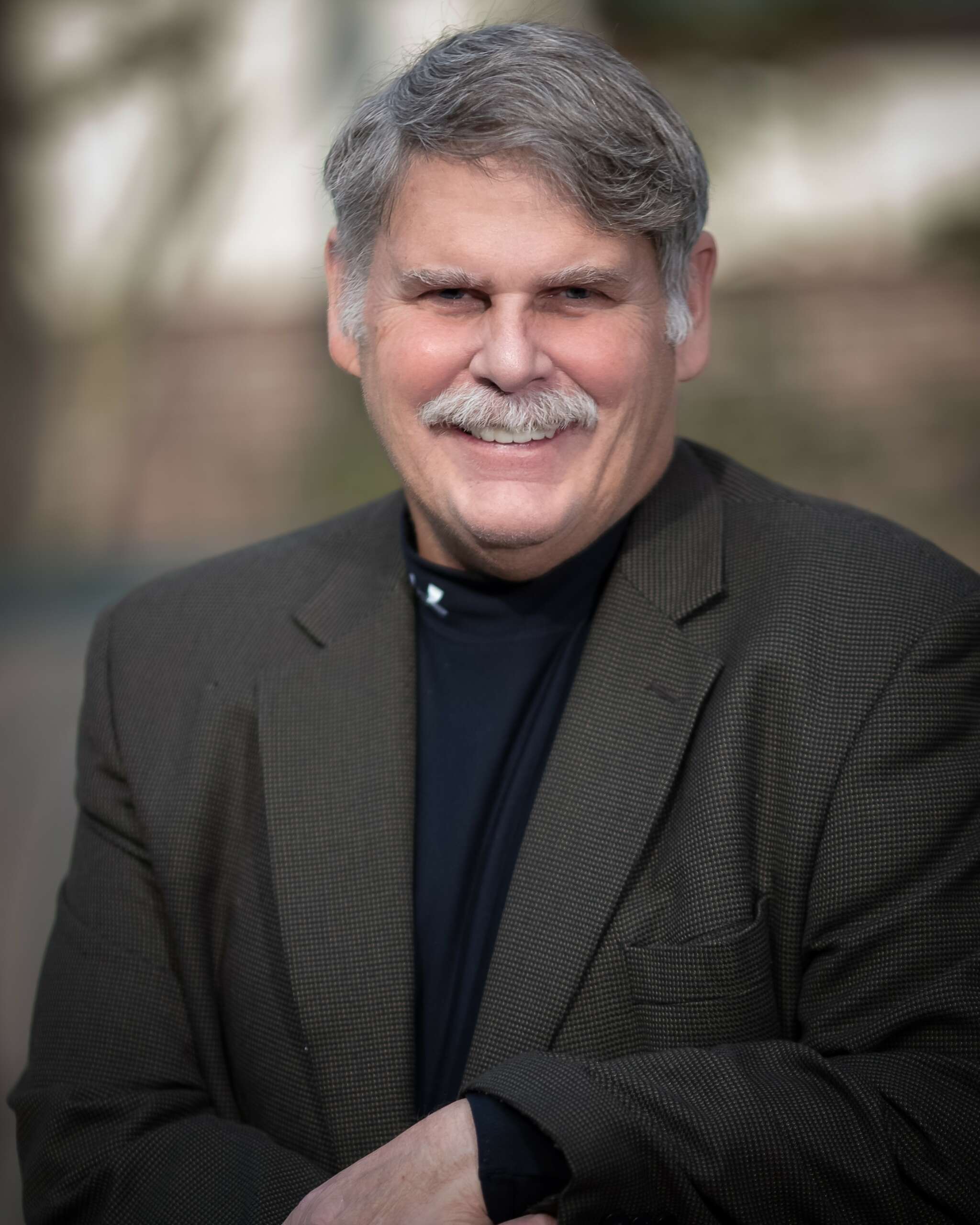We caught up with the brilliant and insightful Michael Mulligan a few weeks ago and have shared our conversation below.
Michael, appreciate you joining us today. Have you ever had an amazing boss, mentor or leader leading you? Can you us a story or anecdote that helps illustrate why this person was such a great leader and the impact they had on you or their team?
Ive been very fortunate throughout my career to have great bosses, But one rises above the others, Col Rory Kinney. Rory and I arrived in Charleston within just a couple days of each other. He was the new commander of the 1st Combat Camera Squadron and I as the Chief of Combat Camera. We had 150 photographers and videographers. Our job was to ensure everyone was trained and equipped to deploy any where in the world within just 3 hours to cover US, NATO and United Nation events – everything from the return of Kako the whale back to Iceland to accompanying special ops teams on raids. Rory and I traveled the world together creating policy, educating theater commanders of the support Combat Camera could offer, and visiting our troops deployed around the world. It was hard work, somedays we could be in three different states or countries, The hours were long. We went places I never want to visit again, But Rory had a great sense of humor. In an airport bar we completely reorganized the Air Force photography field on the back of a napkin, the following day he briefed a 4 star general using the napkin on an overhead projector. If we had time we would make some time for a little sight seeing on our way back. Combat Camera and working with Rory was the highlight of my 24 year military career
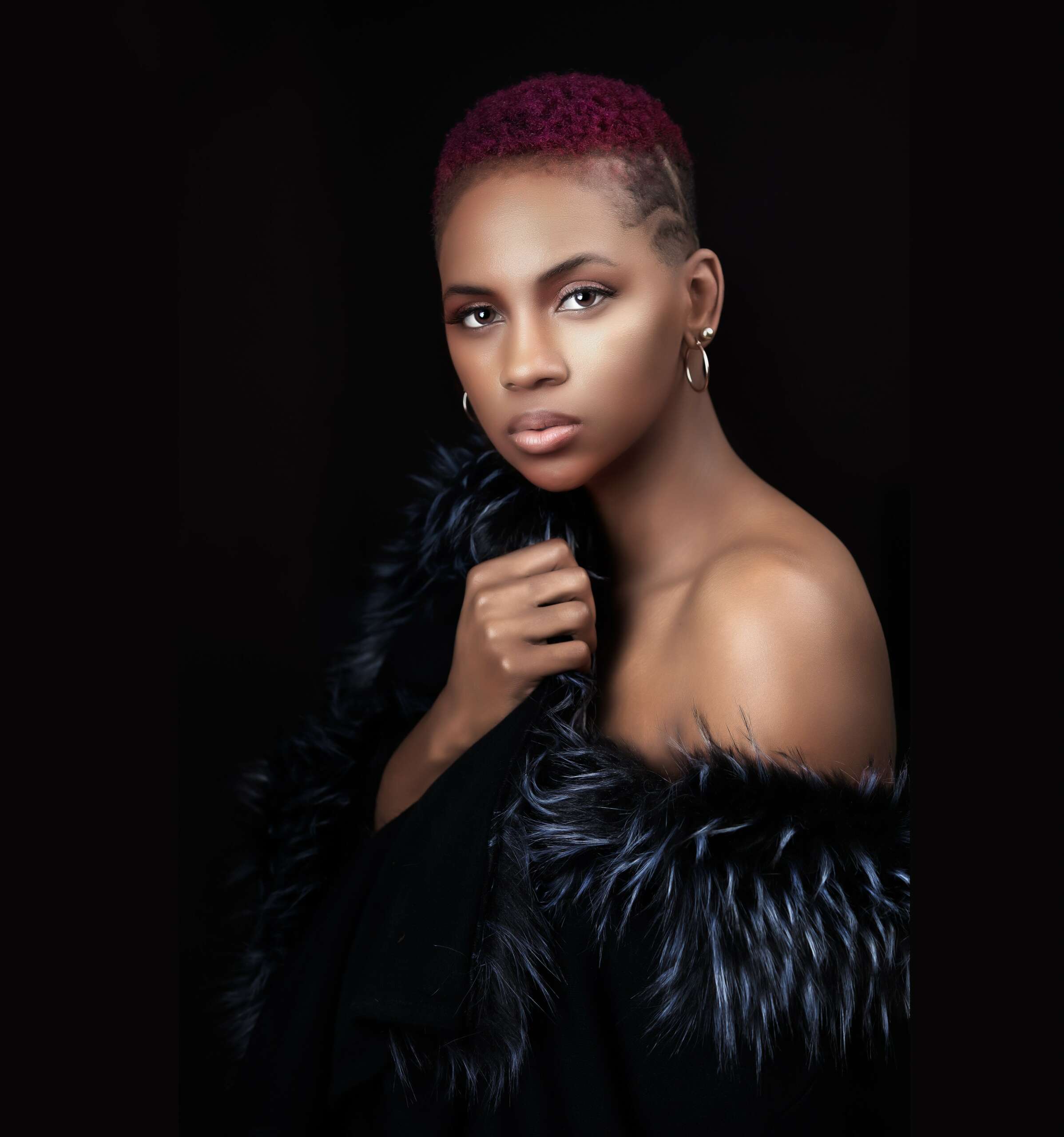
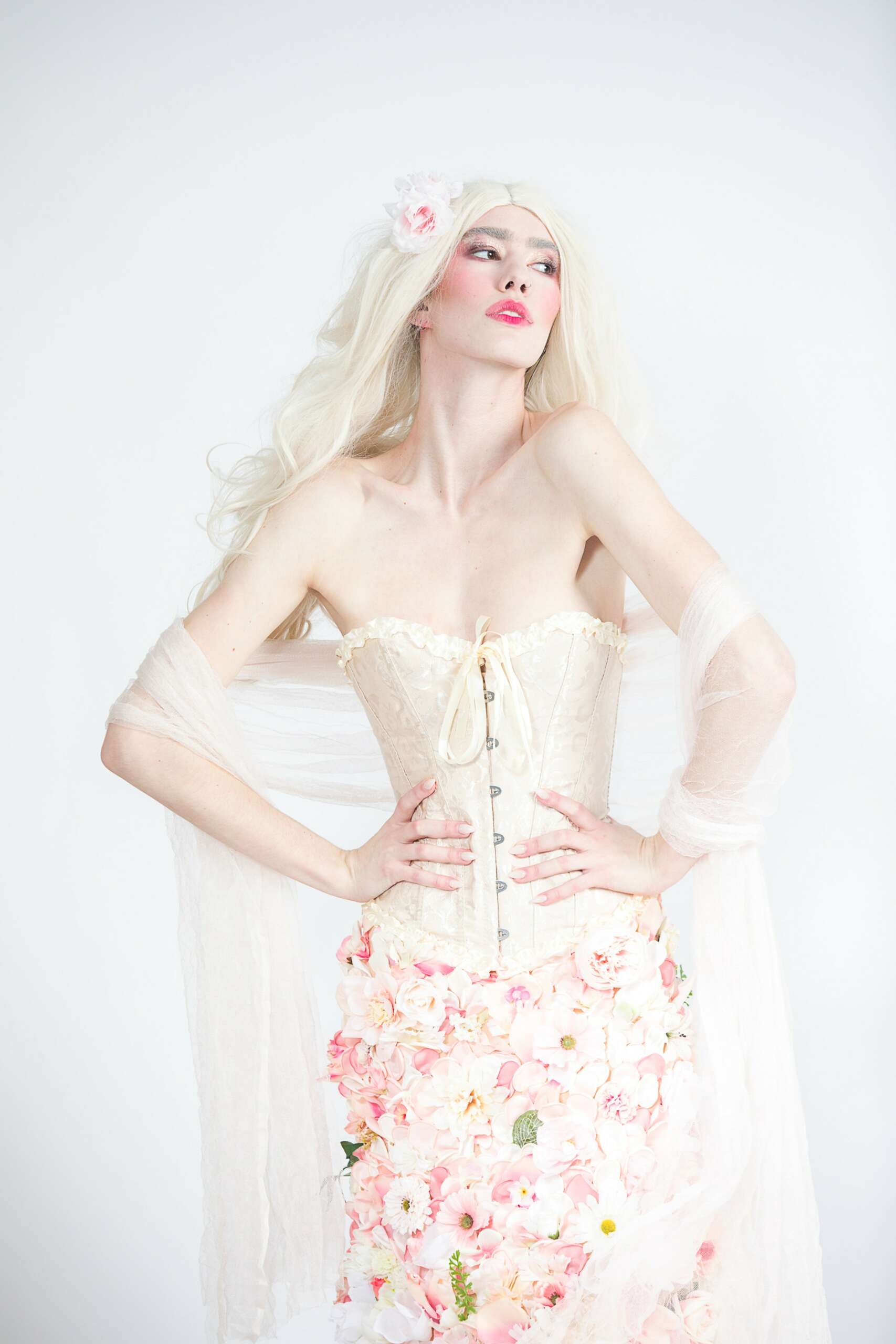
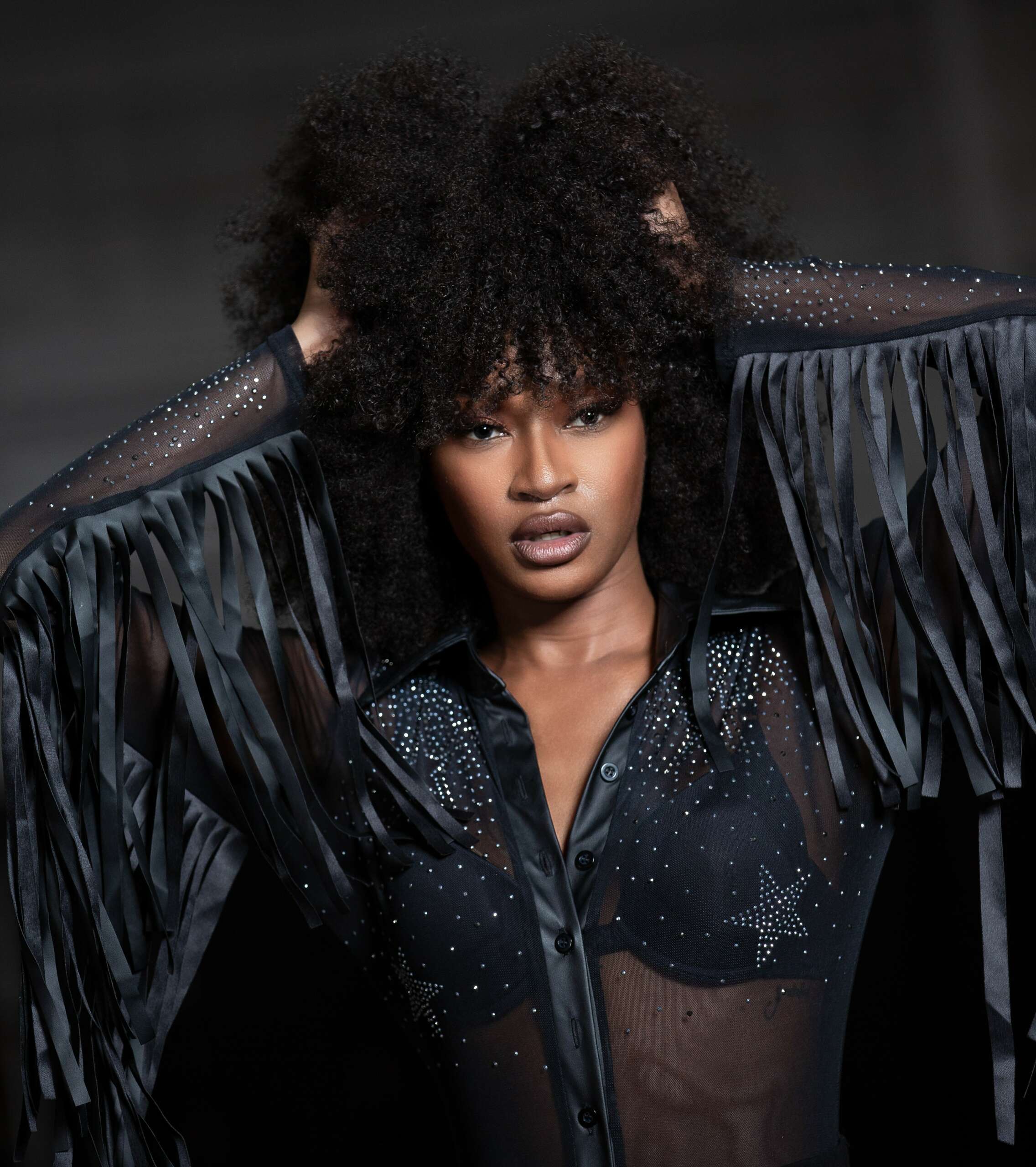
Michael, before we move on to more of these sorts of questions, can you take some time to bring our readers up to speed on you and what you do?
My name is Michael Mulligan. I am a wedding, fashion and portrait photographer based in Charleston South Carolina. My photography career began when I was about 15 years old. My brother had spent a year in Alaska. After seeing the amazing images he brought back I decided I wanted to be a photographer. I built a small darkroom in my parent’s basement where I would try different ways of processing film. I shot a few images of Issac Hayes that I processed in boiling developer and rinsed with an ice bath that cracked the emulsion. I entered one of the images in a Kodak sponsored contest and won enough money to buy my first real camera.. My high school didnt have a photography program but they allowed me to do an independent study, They gave me a small room and purchased equipment to put together a dark room. After high school I did an internship with two photographers. One did product photography, the other fashion. I wanted to go to Brooks Institute of Photography but I couldn’t afford the tuition. I heard the Air Force had a good photo program and I had the urge to travel so I enlisted. My first assignment was to Germany where I processed film off aircraft flying classifed missions. I had several other similair jobs including counter drug work in Central and South America, Eventually i ended up in Alaska. I planed to retire when my tour in Alaska was over, but that changed when I got a call from the Pentagon offering me an assignment to Charleston as Chief of Combat Camera. This was by far the most prestigious job in my field. It consisted of 150 photographers, videographers, communications and maintenance personal tasked to deploy anywhere in the world in three hours to support world events involving US and NATO operations. After three years I retired and started my own business shooting weddings, fashion and portraits. My images have been published in international magazines.
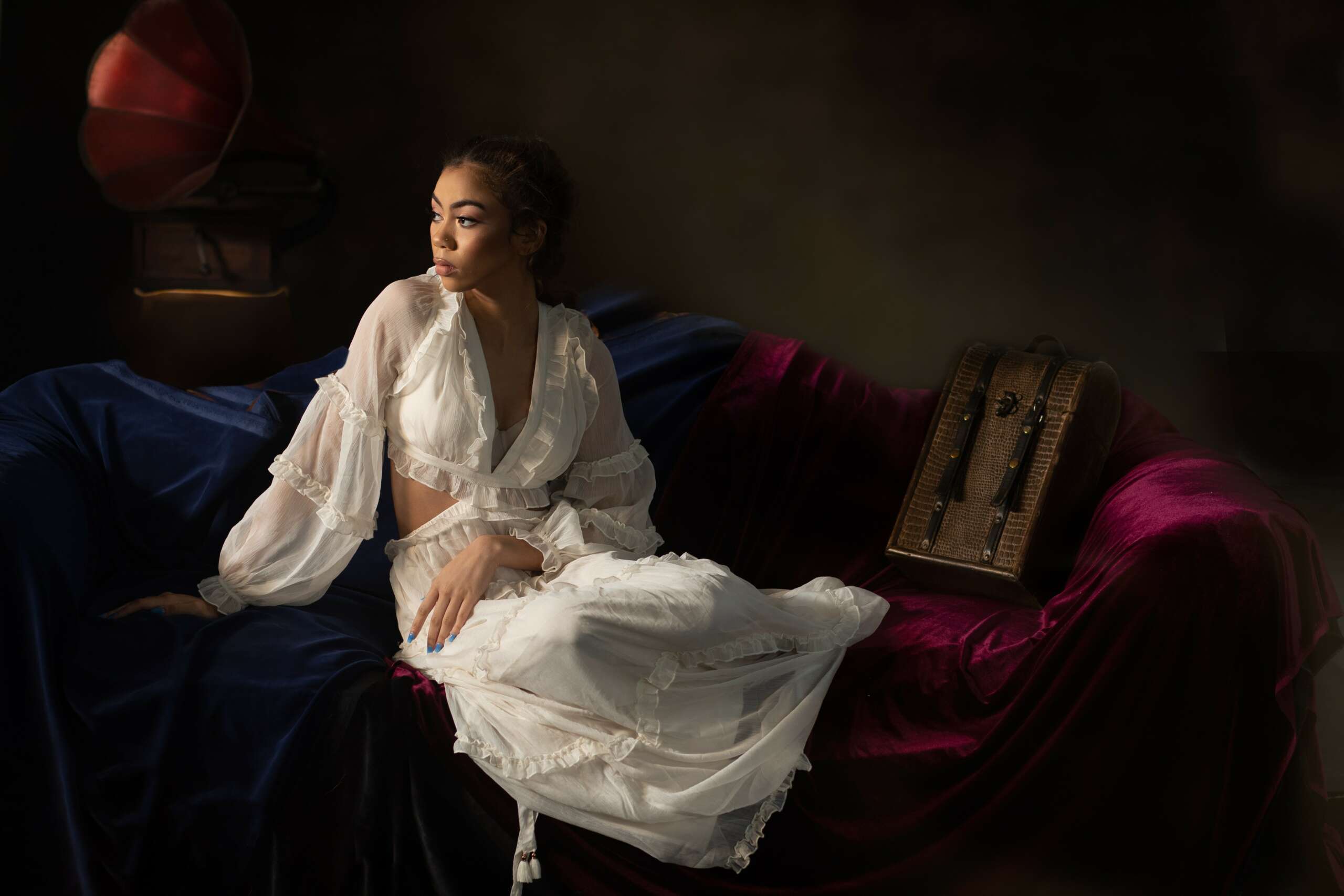

Is there something you think non-creatives will struggle to understand about your journey as a creative?
The hardest part of operating a photography business for me is being creative and at the same time running a business. The reason I am a photographer is love to shoot! I love the process of planning shoots, I love being able to push my creativity and I love collaborating with other artist. I end up spending 90% of my time on shooting and only 10% goes towards building a business. To be a successful photographer, I think you should spend at least 50% on building your business, marketing and building lasting relationships with clients.
Another challenge for me is, I come from the film days when photography was very technical, you couldn’t look at the back of your camera to see what the images looked liked, Todays camera systems are so good almost anyone can become a “photographer” overnight. Looking ahead, I think the market will be flooded with photographers, all chasing the same dollar. To succeed, photographers are going to have to find a unique niche, something that separates them from the others.

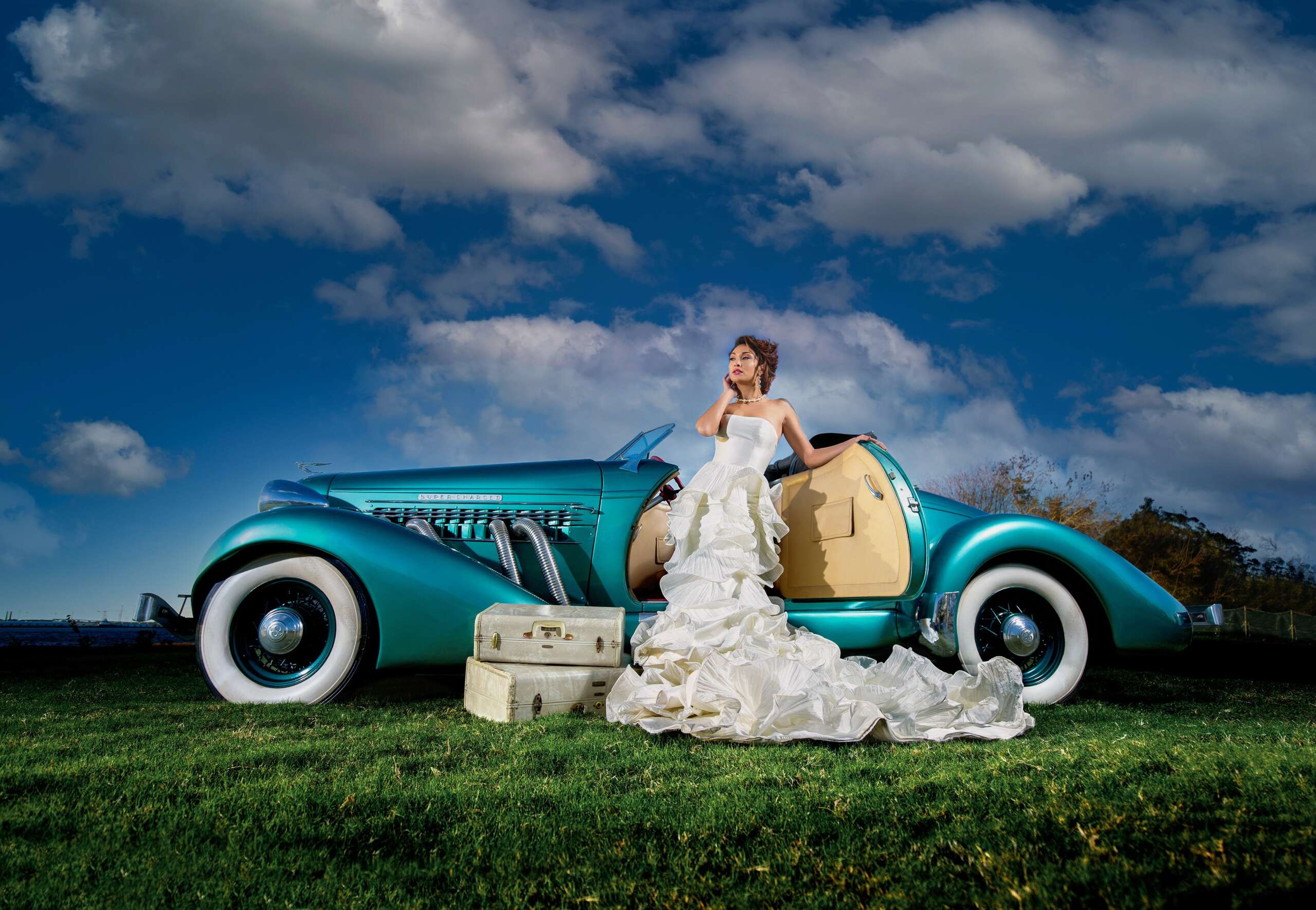
Is there mission driving your creative journey?
My goal is a personal challenge to be the best I can be. I don’t compare myself to other photographers, in fact I rarely look at other photographers work with the exception of a few elite photographers I follow. I believe if I look at local photographers I will be influenced by there styles. I want my images to be unique! I want my own style, Photographers I follow include Sails Chong, Joey L, Annie Leibovitz, Christian Oth, Joe McNally. When someone sees my images, I want them to immediately recognize it as mine without even looking at the credits.
Contact Info:
- Website: www.michaelmulligan.com
- Instagram: @mulliganphoto
- Facebook: https://www.facebook.com/mulligan.michael
Image Credits
Marissa Arigo Emily Jo Sofia Vann Adriana Meg Brook Young Sheba Ellis


